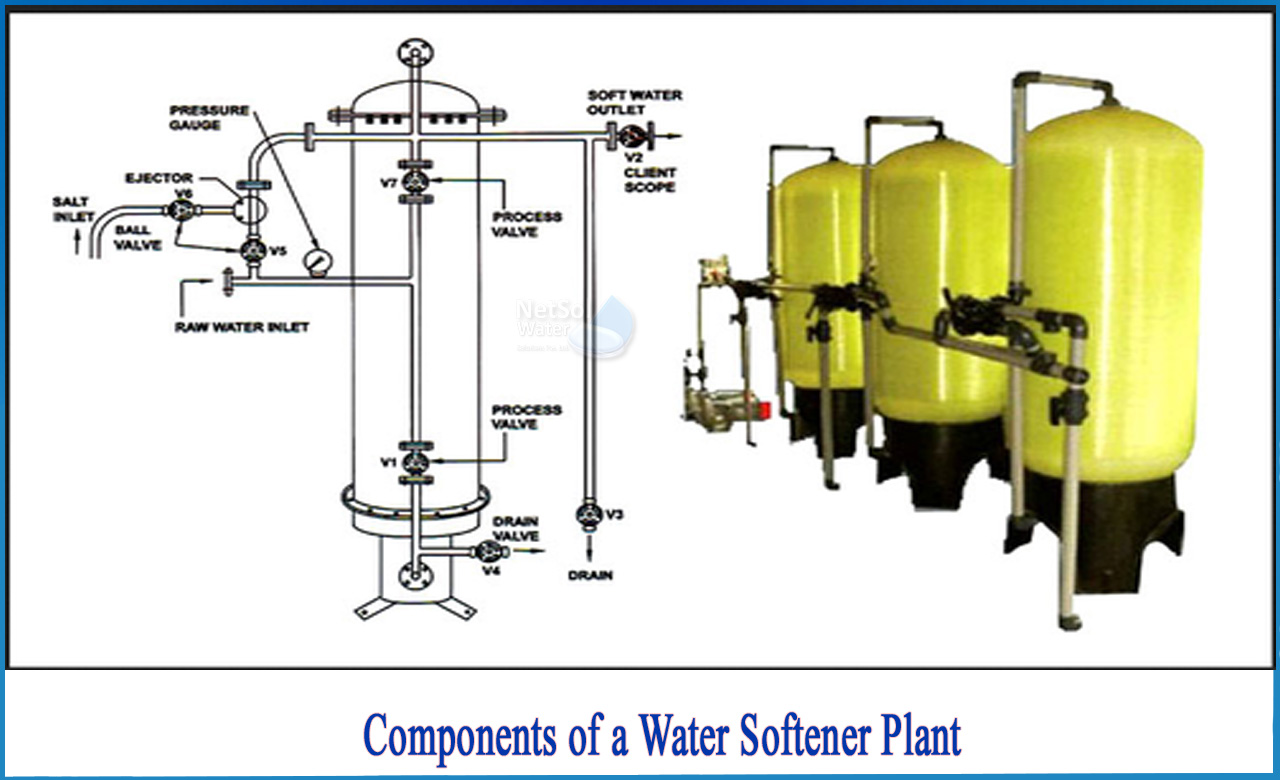What is a water softener?
A water softener is a whole house filtration system that eliminates hardness-causing calcium and magnesium minerals from the water through a method called ion exchange method. A water softener causes one of the most prevalent and damaging many water problems like hard water. Hard water cause havoc on the modern society. Scale builds up in your pipes, which clogs them and decreases water pressure. Scale shortens the lifespan of devices like dishwashers, coffee makers, ice machines etc. Hard water also destroys hot water devices.
More the temperature of the water, the more calcium and magnesium will solidify and this hardensinto solid deposits inside the hot water heater. It’s cause of the fact that the scale has attached itself to the heating element. As the temperature of the heater rises and the tank starts to expand, the calcified rock deposits crusted on the heating elements begins to cracking and stretching. Without a water softener, laundry needs extra detergent to stop it from looking dingy. Dishes will come out of the dishwasher fully stained. Filmy scum builds up on shower curtains and the soap and shampoo will not give lather. Bathing in hard water leaves the skin itchy and dry and hair dull and oily.
What are the components of a water softener?
A water softener is made up of three components or parts: a control valve, a mineral tank, and a brine tank. These three work in conjunction to eliminate the minerals from hard water, check the flow of water, and periodically or timely clean the system through a regeneration process.
1-Themineral tank
A chamber where the hard water is softened is the mineral tank. The water supply line feeds the hard water into the tank. The water goes through the bed of resin beadsthat deposits the water-hardening calcium and magnesium ions. The water exits the tank soft and starts flowing through the pipes and out to the household appliances and devices.
2-The control valve
The amount of water passing through the mineral tank and thus into our homes is measured by the control valve. The valve consists a meter that tracks the volume of water flowing into the mineral tank. As hard water starts to flow through the mineral tank, the resin beads exchange their sodium ions for hardness ions. After sometime, this decreases the capacity of the resin to continue to effectively soften water. Prior the beads become too burdened with mineral content to continue eliminating calcium and magnesium ions, the control valve by itself initiates a regeneration cycle. This maximum capacity is pre-programmed into the control valve’s onboard computer and is based on a range of factors. Control valves always are demand-initiated controllers thatallow water softening units to be extremely efficient.
3-The brine tank
The brine tank helps the water softening system in regeneration. The brine tank holds a highly concentrated solution or less diluted solution of salt to restore the resin beads’ positive charge. Salt is added manually to the brine tank in the form of pellets. These get dissolved in the water at the bottom of the tank. When the control valve registers the softening capacity of the resin is vanishing, the heavy brine solution is taken out of the tank and flushed out through the resin in the mineral tank. If the brine tank runs out of salt, the water passing through the unit will not be softened.
For more information, contact Netsol water.




